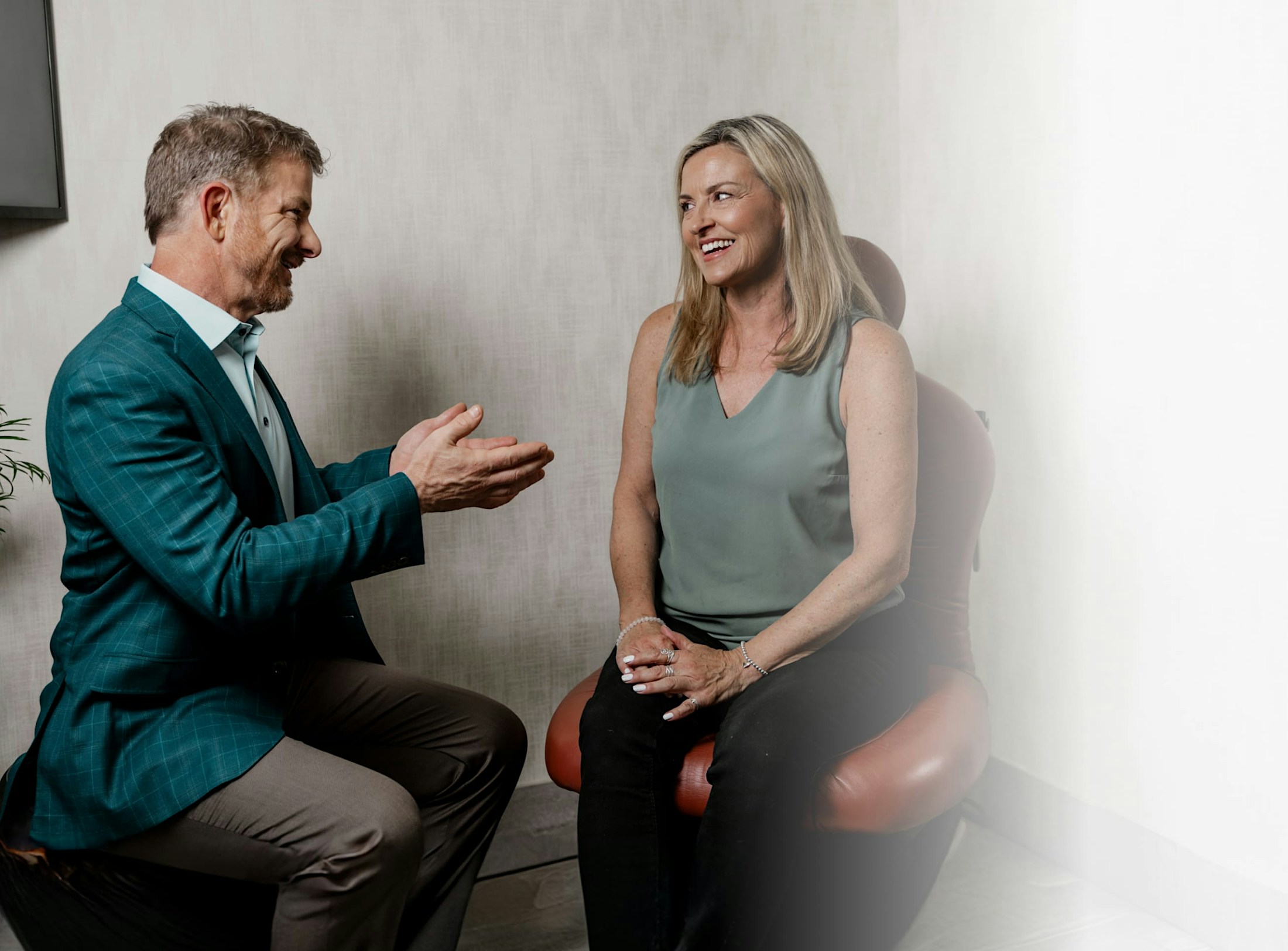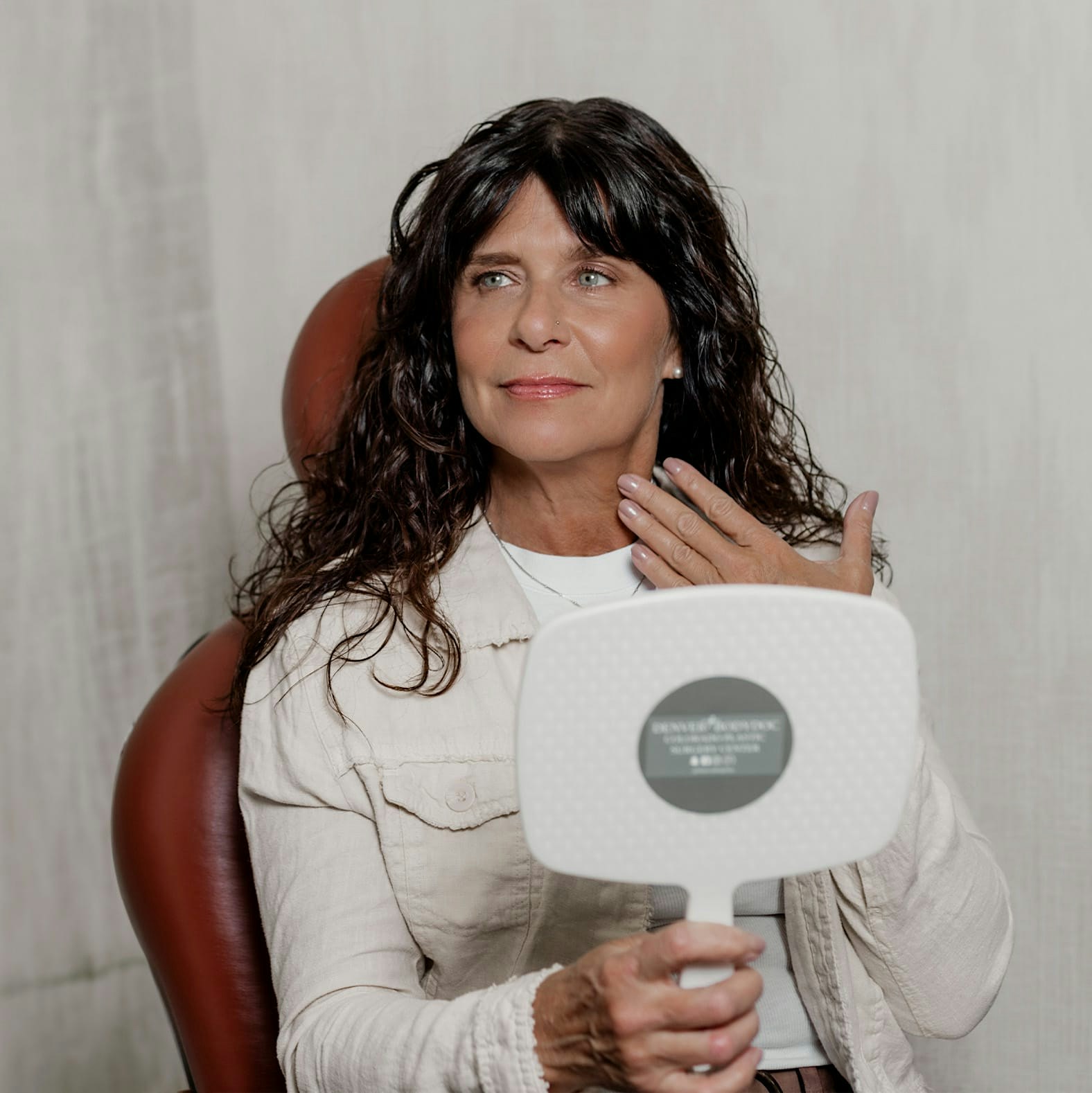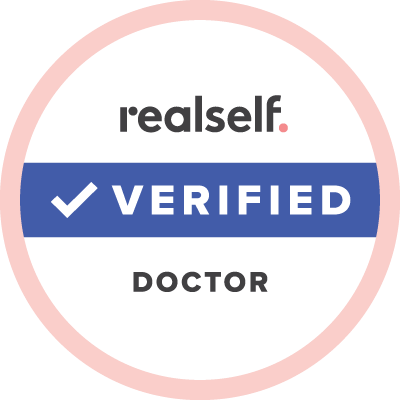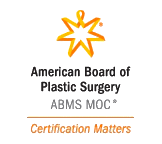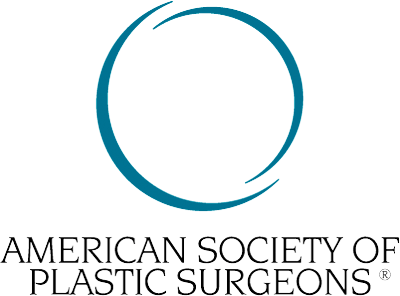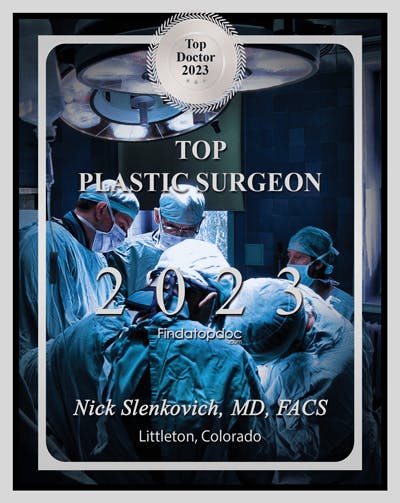When looking to achieve fuller, more voluptuous breasts, there are many things to consider. One such decision is the choice between saline and silicone breast implants. Both options can produce natural-looking enhancement to the breasts, and both are safe, according to the FDA. At Colorado Plastic Surgery Center, Denver breast augmentation surgeon Dr. Nick Slenkovich generally recommends silicone, and the vast majority of our patients select this option. However, saline still remains an option if the patient desires it.
Select a section to jump to

Dr. Slenkovich’s Thoughts
On Silicone Implants
“I think that the silicone gel is a great implant. However, if a patient has reservations about silicone, then typically, saline is still a great option that, in most patients, gives an equivalent shape. I recommend that my Denver breast implant patients read the FDA recommendations forms and that they don’t just blindly sign it, but I personally do not have reservations about silicone. Indeed, the 1992 FDA statement that silicone implants were being pulled off the market because of safety concerns but that if a patient had an implant, they did not recommend that it be removed was very confusing to many. Either silicone was unsafe, or it wasn’t, and since they weren’t recommending removal, one had to wonder. Further, numerous reviews of all of the silicone implant studies have concluded that there is no scientifically identifiable association between silicone implants and autoimmune diseases (lupus, arthritis, MS). I feel that those claims are unsupportable, and I am completely comfortable with silicone. I would use silicone for family and on my staff (some of whom have silicone implants). I think most medical professionals would agree that silicone is great. However, the choice between silicone or saline implants is ultimately the patient’s choice.”
